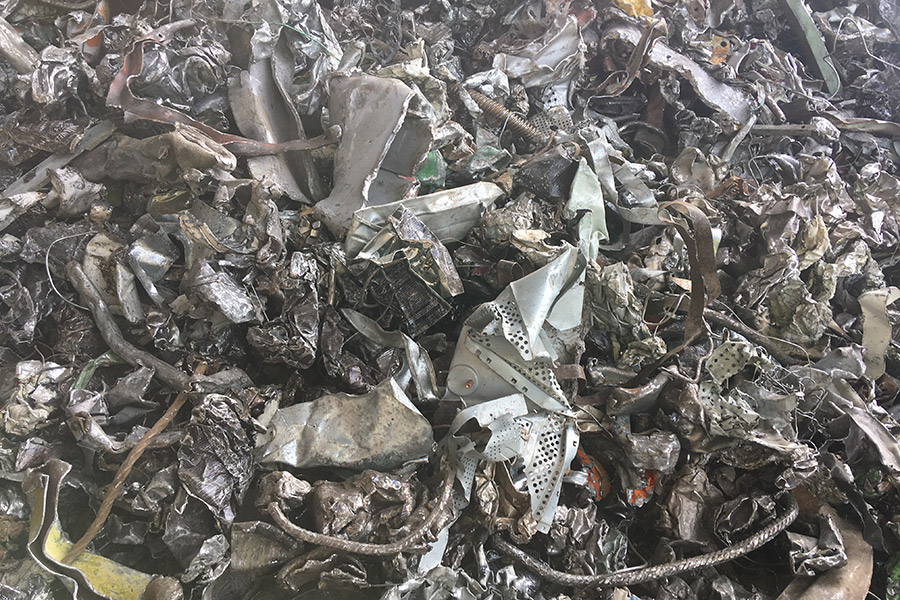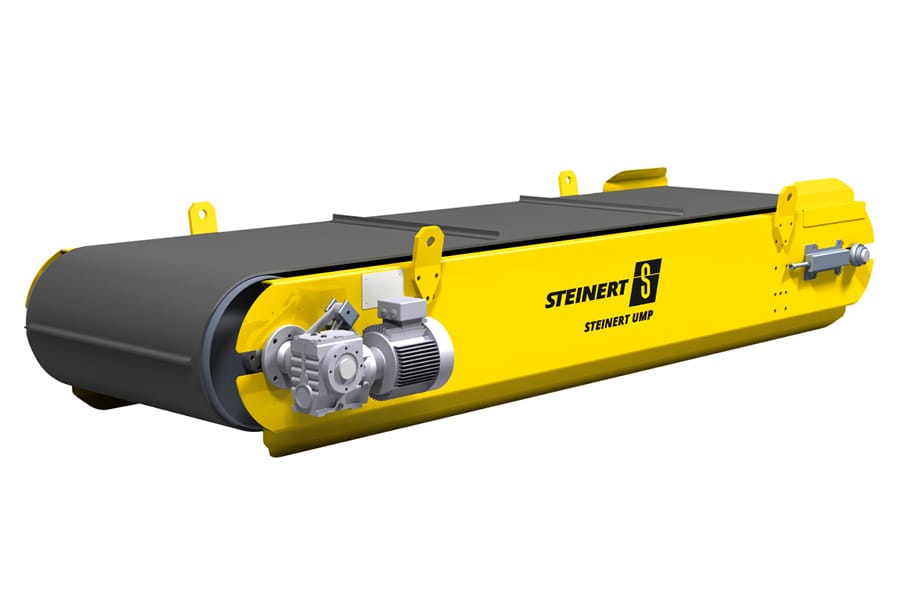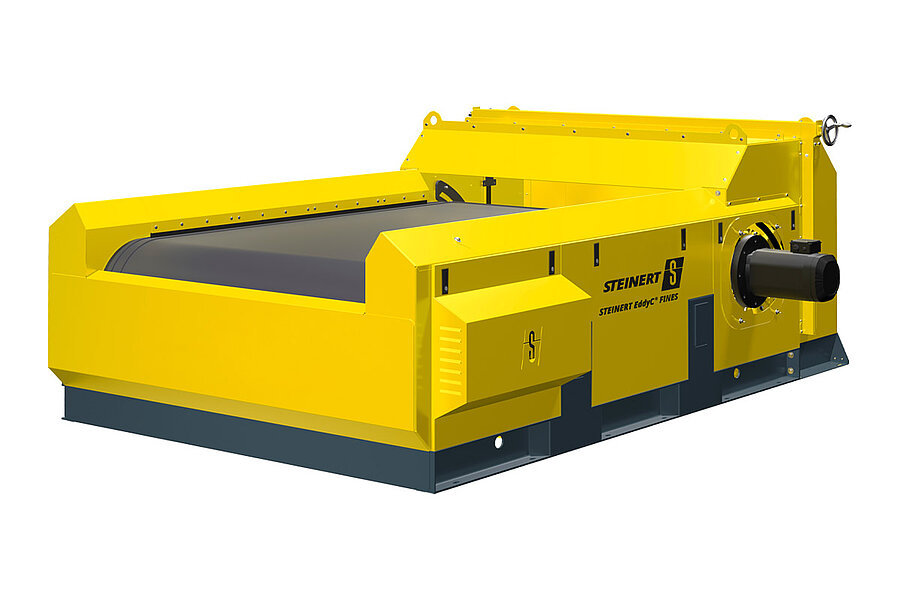
E-WASTE RECYCLING
Flexible sorting solutions for demanding e-waste recycling tasks
With STEINERT separation and sorting solutions you can create cleanly sorted products across all fractions
The use of electrical and electronic components is increasing across industry and commerce, but in particular in the domestic sphere. Use of electronic devices is increasing massively worldwide, in particular in the information and communication sectors. This trend is leading to an increase at the same rate in the volumes of electrical and electronic waste, which is designated internationally as 'waste electrical and electronic equipment' (WEEE).
The volume of electrical and electronic waste is estimated to be some 42 million tonnes worldwide. In addition to ferrous and non-ferrous metals such as copper, aluminium and also plastics, precious metals such as gold and silver are found in significant proportions in e-waste. The importance of what are known as the strategic metals, such as lithium, gallium, tin, tantalum, indium and the rare-earth metals, is growing. These metals are also referred to as critical metals, because they are necessary to the industry, commerce and population of a national economy, but their availability is not secured. It is therefore all the more important that, alongside the return of used equipment into the materials cycle, efficient recycling technology is in place, at the start of which is always mechanical processing, including optimally adjustable separation and sorting systems.
One aspect that is characteristic for electrical and electronic devices is the extremely high bandwidth of device types, and also a very varied range of life cycles and product cycles. These properties are reflected in the e-waste obtained.
Accordingly, to ensure optimal exploitation of the high recycling potential from e-waste, particularly efficient separating and sorting techniques are necessary. The short product cycles and high product diversity place high demands on the flexibility and multifunctionality of the technology to be used.
With its comprehensive portfolio of separation and sorting technologies, STEINERT offers the ideal conditions for the most complete possible recycling of recoverable secondary raw materials from e-waste.
Ranging from efficient separation of ferromagnetic metals with powerful STEINERT BR and MT (neodymium magnetic head pulleys or magnetic drums) and efficient non-ferrous metal separation, for example with our STEINERT EddyC FINES eddy current separator, optimised for the smallest particles and copper strands, as examples – through to the fascinating possibilities of sorting using multisensor technology. STEINERT delivers what is required for sorting into the most marketable products possible.
In particular, the multisensor options available with the STEINERT KSS combined sorting system can be adapted optimally to changing tasks and thus can be flexible for future challenges.
With a combination of metal sensor, colour camera, 3D shape detection and X-ray or near-infrared sensors, the signals required for optimum results can be logically combined and adapted at all times.
It is therefore not only sorting technology that STEINERT offers for creating current products with high market potential and the necessary levels of purity. The freely programmable multisensor system of the STEINERT KSS is already equipped today for the future and delivers high-purity aluminium, copper, brass, etc. For the customer operator, hidden behind a touch panel with particularly clear menus, multiple programming levels enable a large number of possibilities for future operations.
For further reconditioning of the separated plastics fractions STEINERT also has the solution:
For both energetic usage and material recycling, the STEINERT XSS T EVO 5.0 - as a standalone unit or integrated into the STEINERT KSS - contains the sensors necessary for separating out bound halogen compounds.
For further sorting of e-waste plastics, our STEINERT UniSort product series offers the ideal techniques in the form of high-resolution camera technology.
In addition to separating visible plastics such as ABS, PS, PP and PC, the UniSort Black system is also capable of transferring black plastics, that are not visible to conventional NIR technology, into a marketable mixed fraction. With the unique UniSort BlackEye technology, even this black mixed fraction can be separated into unmixed plastics fractions.
Your benefits:
- All magnet and sensor sorting technology for e-waste recycling from a single source
- STEINERT KSS multisensor system provides reliability for present and future tasks
- Separation of flame retardants using STEINERT XSS T EVO 5.0 (x-ray transmission)
- UniSort Black and UniSort BlackEye technology for greater value creation in e-waste recycling




















![[Translate to English (US):] [Translate to English (US):]](/fileadmin/_processed_/9/3/csm_STEINERT-KSS-CLI-EVO-6.0-rendering_2e9531101d.jpg)



